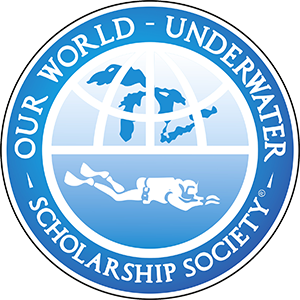Antarctica is earth’s southern most continent. Almost entirely encapsulated in the Antarctic Circle, the continent covers the South Pole and covers a massive 14 million square kilometres. When I began my scholarship I was asked to write a list of potential projects I would like to undertake including places I would love to visit. Getting to Antarctica or one of the Subantarctic Islands was at the top of both! I have always been drawn to the sheer remoteness and extreme nature of Antarctica, so I began contacting a number of different research institutions from a handful of countries that undertake research there. I didn’t just want to get there, I wanted to undertake some scientific research, and hopefully get some diving in! Unfortunately, nearly all were unable to help me out. Getting to Antarctica was harder than I first thought!
On a recommendation from a friend at my university I emailed Dr. Marcelo Gonzalez of the Chilean Antarctic Institute (Instituto Antarctico Chileno – INACH) located in the southern most city of Chile, Punta Arenas. Upon learning of the scholarship Marcelo was very keen to play host and invited me be part of his dive team down on King George Island, Antarctica! I excitedly accepted and booked a flight to arrive in Punta Arenas on the 26th February. Marcelo’s work involves looking at thermo-stress on the urchin populations down in the polar waters of King George Island. What better than getting down south than helping to conduct marine biology and getting to dive in the field!
King George Island is the largest of the South Shetland Islands and part of greater Antarctica. Lying just 120km off the coast of Antarctica, home to Chilean, Argentinean, Russian, Chinese, South Korean, Ecuadorian, Peruvian, Brazilian, Uruguayan, and Polish scientific and military field stations. Needless to say I won’t be lonely! Republic Internacional! The island is not the classic image thought of when someone mentions Antarctica. It is one of the most northern points of the continent lying outside of the Antarctic circle and where most bases are situated the land remains ice-free. Despite this, over 90% of the island is permanently glaciated. The island is home to Leopard, Elephant, and Weddell seals, a hugely diverse avian fauna including Chinstrap and Gentoo penguins, and many underwater invertebrate species. With the water temperature at zero degrees Celsius (occasionally rising to a balmy 1 or even 2 degrees at the surface, during the summer months) I’ll be putting my cold weather dive gear to the test!
